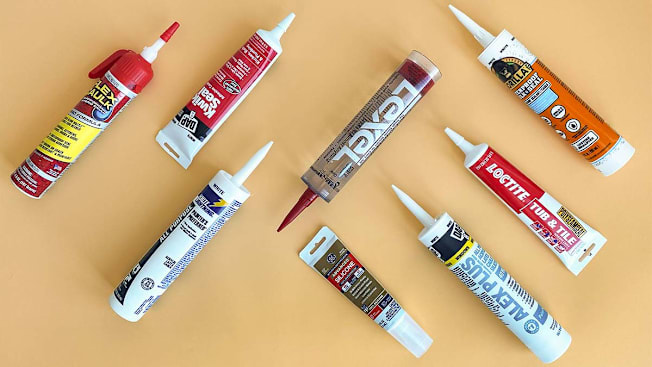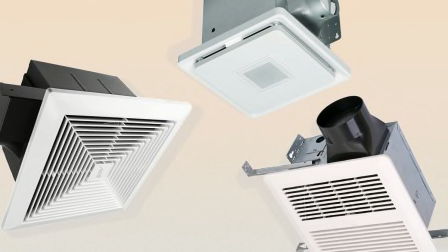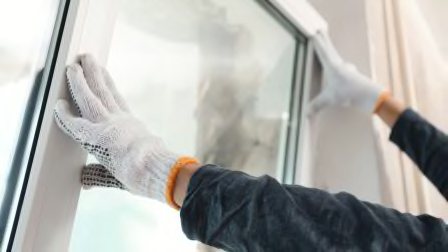The Two Best Caulks for Small Home Projects
We put eight caulks and sealants to the test in our labs—we evaluated cure time, durability, adhesion, and more
When you shop through retailer links on our site, we may earn affiliate commissions. 100% of the fees we collect are used to support our nonprofit mission. Learn more.

I’m a renter so I’ve never had to caulk a bathtub or seal a joint in concrete, but I’ve watched as my dad sealed a hole around a doorframe or window with a caulk gun in my family home. He’s never described himself as a handy person and it shows—it’s always a messy, time-consuming ordeal for him. Sure, he could just hire a professional, but when you have a small enough gap to fill, doing the work yourself can be simpler than finding a contractor and less expensive, and earns you bragging rights with your less handy friends.
- The Products We Liked: DAP Kwik Seal Flex Seal
- More on Caulks and Selants: Caulks v. Sealants Caulks You Can Skip Where Shouldn't You Use Caulk? How We Tested Caulks and Sealants
See CR's Caulk Test in Action
What Is the Difference Between Caulk and Sealant?
Caulk and sealant are often used interchangeably. On some of the products we tested, both terms were used right in the product name, but there is a difference between the two. Both can be used to fill and seal gaps around and outside a home. Once dry, caulk is usually stiff and inflexible, so it is better suited for areas with little movement, like baseboards and window frames, to avoid cracking. Sealants are a little bit flexible and are better suited for bathrooms, kitchens, and outdoor applications where they may be exposed to moisture, movement, and temperature fluctuations, and are usually made from silicone and cannot be painted. Caulk is made from acrylic or latex and can be painted once cured (the time it takes for the caulk to completely dry and become impermeable to water).




















